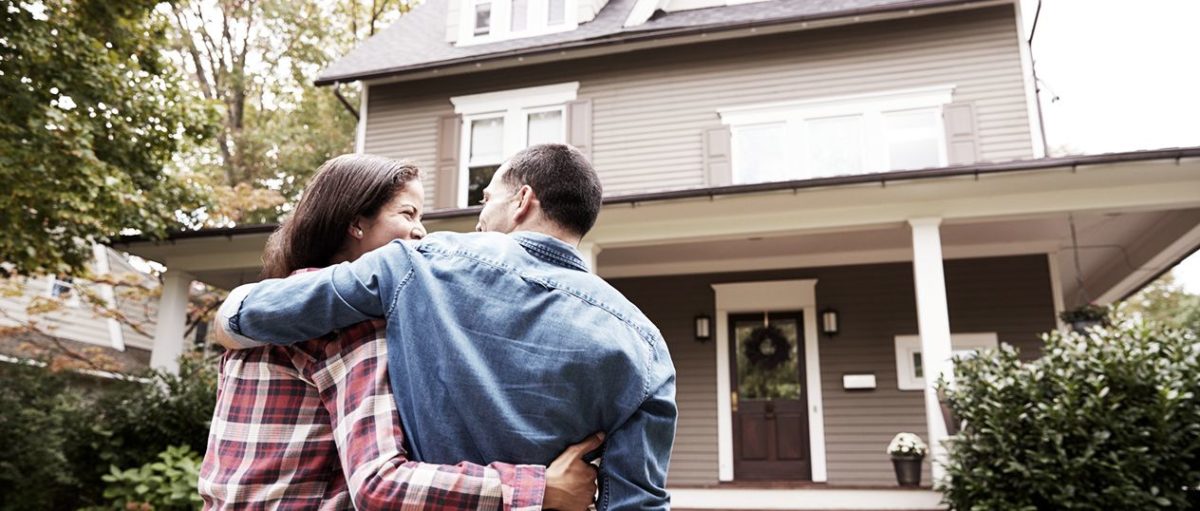Looking for a faster, simpler way to refinance your FHA loan? An FHA Streamline Refinance can help. An FHA Streamline Refinance offers a faster, less costly option for current FHA borrowers looking to refinance to a new FHA loan. That means less paperwork, fewer fees, and less time waiting for underwriting to review your loan application.
What is an FHA Streamline Refinance?
FHA Streamline Refinance is a loan designed by the Federal Housing Administration to help homeowners make their FHA mortgage more affordable without the burden of an extensive qualification process. Easier qualification means an easier, simpler process for you, the homeowner.
Plus, it’s a win-win for the FHA. Since they already insure your mortgage, they presume there’s a lower chance that you’ll default. At the same time, they’re helping you get a better, more affordable loan.
What are the benefits?
The FHA’s streamline refinance program is loaded with benefits for borrowers who qualify. Here’s a quick list to give you an idea:
- Lower your rate and/or payment just like you would with a Conventional home loan refinance.
- Offered as a five-year adjustable-rate mortgage (ARM) or as a fixed-rate loan with a term of 15, 20, 25, or 30 years.
- Lower credit requirements.
- Limited documentation. That means no income requirements, no proof of employment, no coughing up bank statements, and no asset verification required.
- No home equity? No problem. Unlimited LTV means you’re still eligible even if you have little or no equity in your home.
- No appraisal required.
How does an FHA Streamline work?
Of course, as with any money you borrow, some restrictions apply. For starters, there has to be a demonstrated net tangible benefit in a FHA Streamline Refinance transaction. Net tangible benefit means you can only do an FHA Streamline Refinance if it benefits you. Would a FHA Streamline Refinance lower your interest rate? Would it convert your current mortgage from an ARM to a fixed-rate loan? Put simply, would it leave you in a better position than before? Great! That’s the kind of borrower the FHA is looking to serve with their FHA Streamline Refinance program.
You can’t increase your loan balance to cover refinancing costs and your new loan cannot exceed the initial mortgage amount. When you do a FHA Streamline Refinance, your new loan amount is limited to the current principal balance plus the upfront mortgage insurance premium. That means you’ll either have to pay closing costs out of pocket or get a “no-cost” loan. And really, “no-cost” should actually be called “no out-of-pocket costs” because it means your lender agrees to pay the closing costs if you agree to pay a higher interest rate.
Are there any downsides?
If getting cash out of your home equity is your goal, an FHA Streamline Refi may not be right for you. Why? Because you can’t get more than $500 cash back for minor adjustments in closing costs.
Like your original FHA loan, an FHA Streamline Refinance still requires you to pay mortgage insurance in both a one-time, upfront mortgage insurance premium, which you pay at closing, and a monthly mortgage insurance payment.
How can I qualify?
Your mortgage must be current (not delinquent) when you apply for your FHA Streamline Refinance. You’re only allowed to make one late payment on your current FHA mortgage in the past year. And on top of that, your mortgage payments for the last six months must have been made within 30 days of their due date. Since FHA Streamline Refinances require less verification, this kind of payment history will show your lender and the FHA that you can responsibly pay off your current mortgage.
Finally, you must have made at least six monthly payments on the mortgage being refinanced, and the six most recent payments must have been made on time. In addition, at least six months must have passed since the first payment due. At least 210 days must have passed since the date you closed.
The bottom line
The most important thing to remember about an FHA Streamline Refinance is you can only qualify for this loan if you’re refinancing your current FHA mortgage to a new FHA mortgage. If you’re refinancing to or from a different loan type, this option is not available. The good news is that since you already qualified for an FHA loan when you bought your home, it’s almost guaranteed you’ll qualify for a new FHA loan when you refinance.




